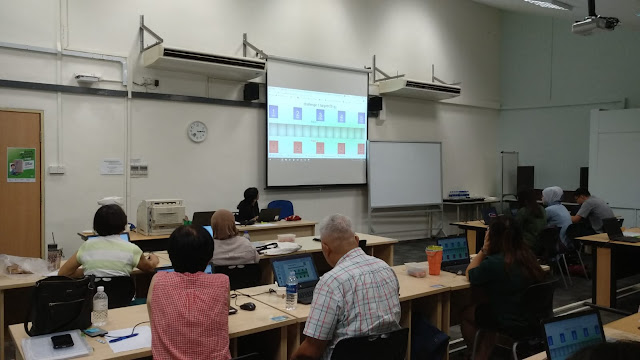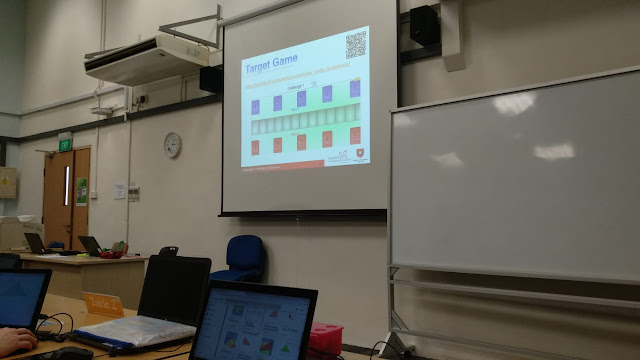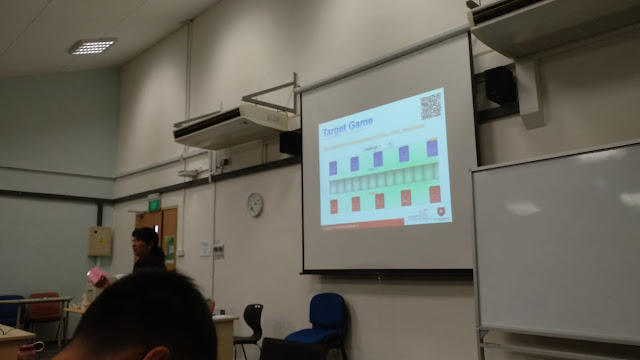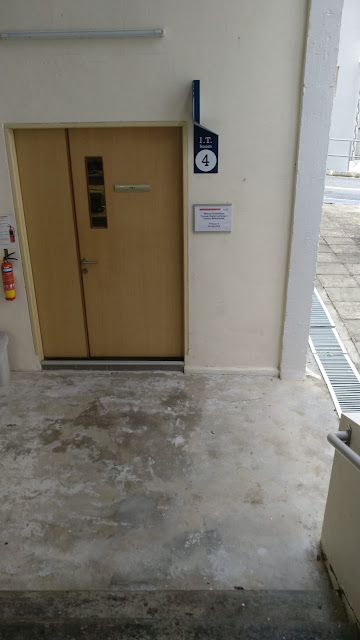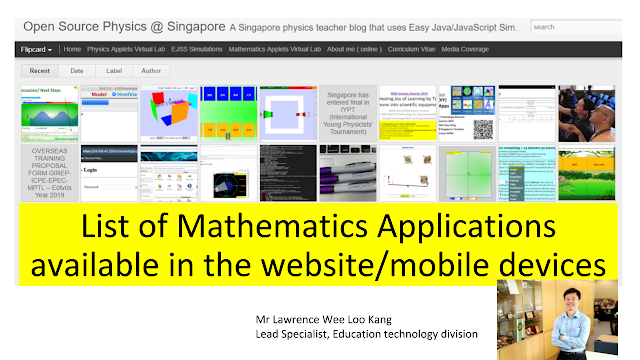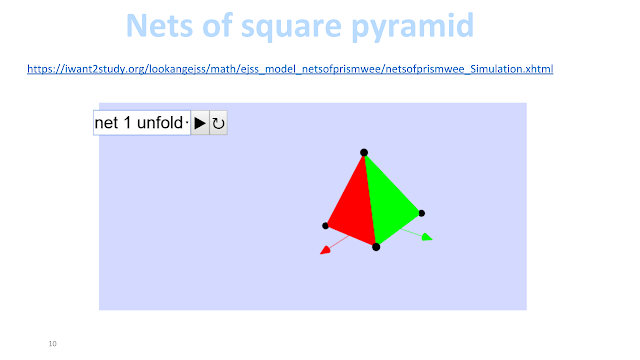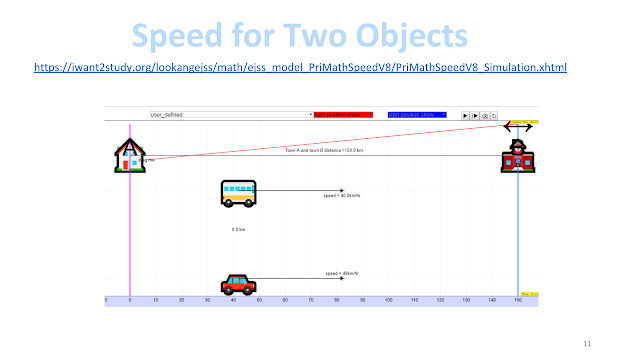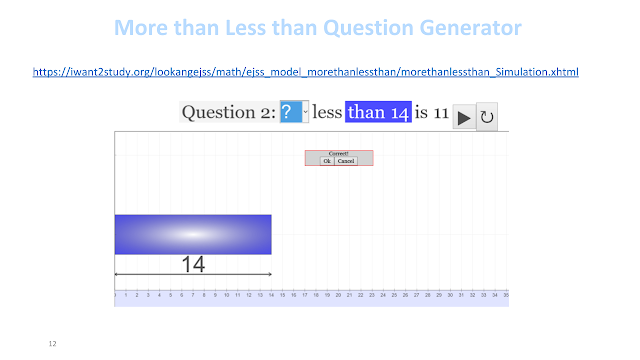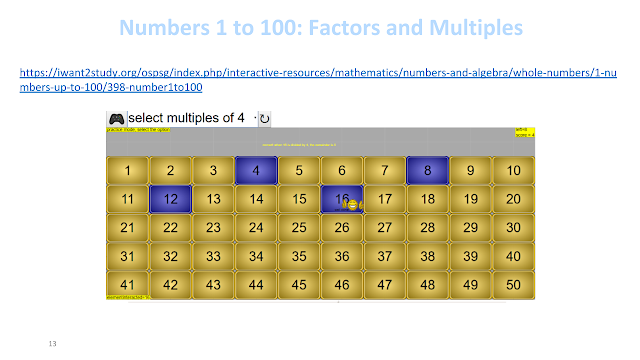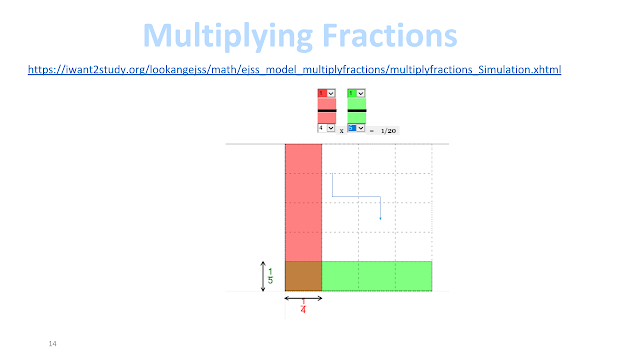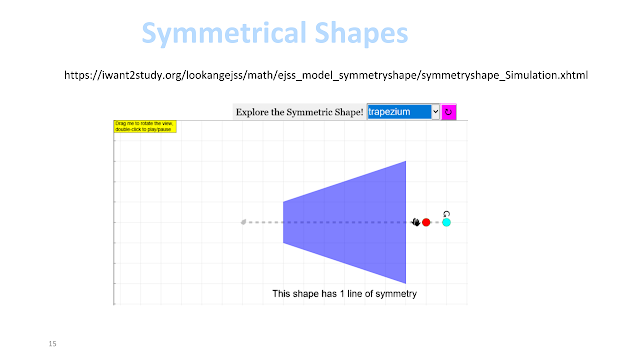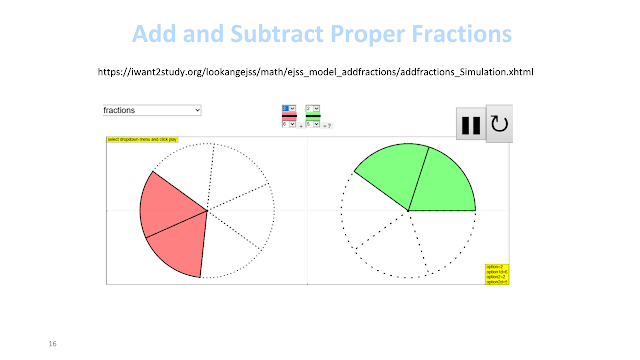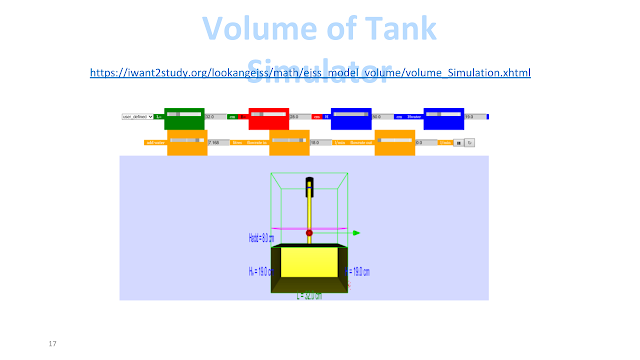Overview:
Main Themes and Important Ideas/Facts:
- Focus on Interactive Learning Resources: The central theme is the development and sharing of interactive simulations and applets for educational purposes. The webpage lists numerous resources categorized under subjects like English Language and Primary Math, with a significant number linked to specific hackathon events. These resources aim to make learning more engaging and hands-on. Examples include:
- For Primary Math: "Race to Twenty," "Tic Tac Toe Frem," "Clock Geogebra Wee," "Symmetry Block Grid Only," "Symmetry Letter," "Compare Fractions," "SHM Mass Scale," "Nets of Solids Wee."
- For English Language: A "Cloze Passage JavaScript Simulation Applet HTML5" developed by Maria Stella Primary.
- Student Learning Space (SLS) Integration: A significant driver for the development of these resources is their integration with the Singapore Student Learning Space (SLS). Many listed items are explicitly identified as "SLS Hackathon" projects, indicating a push to populate the national learning platform with locally developed, interactive content. Examples include:
- Various games and simulations developed by different schools (e.g., "Vector Addition JavaScript HTML5 Applet Simulation Model" by Team Overcooked, "Sentence Scrambler" by YPS, "Shoot the Correct Target Sum UFO game" by PRSS).
- Hackathon as a Catalyst for Innovation: The frequent mention of "SLS Hackathon" suggests that these events are instrumental in fostering the creation of new educational applications. Schools and teams participate in developing specific tools, often focused on addressing particular learning objectives within the curriculum. The variety of topics covered (from math and science to English and even H2 Computing concepts like Bubble Sort) highlights the diverse applications of this approach.
- Open Educational Resources (OER) and Open Source Principles: The title of the webpage and the presence of numerous freely accessible simulations (linked directly from the page) strongly indicate a commitment to OER principles. The use of open-source tools like JavaScript and the EjsS library further reinforces this. The license at the bottom of the page explicitly states "Contents are licensed Creative Commons Attribution-Share Alike 4.0 Singapore License," confirming the OER nature of the shared materials.
- Emphasis on Mathematics and Physics: While resources for other subjects exist, there is a noticeable concentration on Mathematics and Physics simulations. The "Open Source Physics @ Singapore" in the page title and the sheer number of math applets listed under "Primary Math App Sharing" and the subsequent extensive list of physics simulations (many prefixed with "PICUP") highlight this focus.
- Variety of Interactive Formats: The resources utilize various interactive formats, including:
- Simulations: Allowing students to manipulate variables and observe the resulting changes (e.g., "SHM Mass Scale," "Electrolysis Model Simulator").
- Games: Gamifying learning to increase engagement (e.g., "Shoot the Correct Target Sum UFO game," "Carrot Addition Game").
- Drag and Drop Quizzes: Providing a hands-on way to assess understanding (e.g., "Life cycle of Frog, Human, Chicken... Drag and Drop Quiz").
- Use of Easy JavaScript Simulations (EjsS): The repeated mention of "JavaScript Simulation Applet HTML5" and the reference to the EjsS library with a link to its commercial use license ("https://www.um.es/fem/EjsWiki/Main/EJSLicense") indicates that this library is a key tool in the development of many of these interactive resources.
- Community Sharing and Collaboration: The webpage acts as a central point for sharing these resources, likely fostering a community of educators interested in leveraging interactive tools for teaching and learning. The organization of resources under specific events like the "20190724 Primary Math App Sharing" suggests a collaborative effort among educators.
Key Quotes:
- The webpage title itself, "20190724 Primary Math App Sharing - Open Educational Resources / Open Source Physics @ Singapore," clearly states the dual focus of the content.
- The consistent naming convention for many resources, such as "SLS Hackathon by [School/Team] on [Description] JavaScript HTML5 Applet Simulation Model," emphasizes the connection to the SLS platform and the hackathon events.
- The breadcrumb navigation indicates the organizational structure, placing the "20190724 Primary Math App Sharing" under "Home > Interactive Resources > English Language > SLS Hackathon by Maria Stella Primary...", which might seem slightly miscategorized but shows the interconnectedness of these projects.
- The license information at the bottom, "Contents are licensed Creative Commons Attribution-Share Alike 4.0 Singapore License," explicitly confirms the OER status of the materials.
Implications and Potential Discussion Points:
- The success of the SLS Hackathons in generating relevant and engaging educational content.
- The role of OER and open-source tools in promoting innovation and accessibility in education.
- The effectiveness of interactive simulations and games in enhancing student learning outcomes in Mathematics and Science (and other subjects).
- The potential for scaling and sharing these locally developed resources more broadly.
- The technical skills and pedagogical approaches required for educators to effectively utilize and even create such interactive learning tools.
This webpage provides a valuable snapshot of the efforts in Singapore to leverage digital technologies and open educational practices to create dynamic and engaging learning experiences for students, particularly within the framework of the Student Learning Space. The emphasis on hackathons as a creative engine and the commitment to sharing resources under open licenses are noteworthy aspects of this initiative.
Study Guide: Open Educational Resources / Open Source Physics @ Singapore
Overview of Resources
This collection of links and information pertains to the Open Educational Resources / Open Source Physics @ Singapore project, focusing particularly on interactive simulations and resources developed and shared by educators. The primary emphasis appears to be on creating and utilizing JavaScript and HTML5-based applets for teaching various subjects, including mathematics, physics, chemistry, and potentially others, across different educational levels. A significant portion of the listed resources seems to originate from or relate to the "SLS Hackathon" events, where educators developed interactive learning tools for Singapore's Student Learning Space (SLS).
Key Themes and Concepts
- Open Educational Resources (OER): The initiative promotes the creation and sharing of freely accessible educational materials.
- Open Source Physics (OSP): There's a focus on physics-related simulations, often built using open-source tools and principles.
- Interactive Simulations: A core component is the development and use of interactive applets to enhance learning through engagement and visualization.
- JavaScript and HTML5: These are the primary technologies used for creating the simulations, making them web-accessible.
- Student Learning Space (SLS): The project is closely linked to Singapore's national e-learning platform, with many resources intended for integration into SLS lessons.
- SLS Hackathon: These events served as a catalyst for educators to create and share innovative interactive learning tools.
- Diverse Subject Areas: While "Open Source Physics" is in the title, the resources cover a range of subjects, including mathematics, chemistry, and even language arts.
- Varied Educational Levels: Resources appear to be designed for primary, secondary, and potentially even junior college levels.
- Community Sharing: The platform serves as a repository for educators to share their creations and learn from each other.
- Easy JavaScript Simulations (Ejs): This library (referenced in the license) likely played a role in the development of many of the simulations.
Study Questions
Consider the following questions as you review the source material:
- What is the main goal of the "Open Educational Resources / Open Source Physics @ Singapore" project?
- What types of learning resources are primarily featured on this platform?
- What role did the SLS Hackathon events play in the development of these resources?
- Which programming languages and technologies are most commonly used to create these interactive tools?
- What subject areas are covered by the resources listed? Can you provide specific examples?
- How does this initiative promote open educational practices?
- What is the potential impact of these types of interactive resources on student learning?
- Can you identify any specific educators or teams mentioned in the context of resource creation?
- What are some examples of the types of games or simulations that have been developed?
- How might educators in Singapore utilize these resources in their teaching?
Quiz
Answer the following questions in 2-3 sentences each.
- What is the primary focus of the resources shared on the "Open Educational Resources / Open Source Physics @ Singapore" platform?
- What does the acronym "SLS" stand for in the context of this document, and what was the purpose of the SLS Hackathons?
- Name two subject areas, besides physics, for which interactive resources are mentioned in the provided links.
- What are the main programming languages or technologies used to develop the majority of the interactive simulations listed?
- According to the information, what is the licensing agreement for the content shared on this platform?
- Give an example of a type of math simulation and a type of science simulation listed in the provided links.
- What does the mention of "Easy JavaScript Simulations Library" suggest about the development process of these resources?
- How does this collection of resources support the idea of "open educational resources"?
- Identify one example of a resource that appears to be designed for primary school students based on its title.
- What benefit do interactive simulations offer for student learning compared to traditional static resources?
Answer Key for Quiz
- The primary focus is on providing interactive educational resources, particularly simulations and games, often in the areas of math and science. These resources are designed to enhance learning through active engagement.
- "SLS" stands for Student Learning Space, Singapore's national e-learning platform. The SLS Hackathons were events where educators created interactive learning tools intended for use within the SLS.
- Two subject areas besides physics for which resources are mentioned are mathematics (e.g., "Primary Math App Sharing," "Race to Twenty") and English Language (e.g., "SLS Hackathon by Maria Stella Primary on Cloze Passage").
- The main programming languages and technologies used are JavaScript and HTML5, as indicated in many of the resource titles which mention "JavaScript Simulation Applet HTML5" or simply "HTML5".
- The contents are licensed under the Creative Commons Attribution-Share Alike 4.0 Singapore License, which allows for sharing and adaptation with attribution under the same license.
- An example of a math simulation is "ejss_model_racetotwenty," a game focused on reaching twenty. An example of a science simulation is "Electrolysis Model Simulator," which visually represents the process of electrolysis.
- The mention suggests that many of the simulations were likely created using this library, which simplifies the process of building interactive simulations with JavaScript.
- By being openly accessible and licensed under Creative Commons, these resources can be freely used, shared, and adapted by educators and learners, embodying the principles of open educational resources.
- An example of a resource that appears designed for primary school students is "20190724 Primary Math App Sharing" and specific games like "Carrot Addition Game" or "Shoot Multiples of 2 Game."
- Interactive simulations can provide a more engaging and hands-on learning experience, allowing students to explore concepts visually, manipulate variables, and receive immediate feedback, which can lead to deeper understanding.
Essay Format Questions
- Discuss the significance of open educational resources like those featured on this platform for the future of education in Singapore and beyond. Consider the benefits for educators, students, and the broader educational community.
- Analyze the role of interactive simulations, particularly those developed using JavaScript and HTML5, in enhancing the teaching and learning of science and mathematics. Provide specific examples from the resource list to support your arguments.
- Evaluate the impact of events like the SLS Hackathon on the creation and sharing of innovative educational technology. How do such initiatives contribute to the development of resources for platforms like the Student Learning Space?
- Compare and contrast the potential advantages and disadvantages of using open-source educational resources created by educators versus commercially developed educational software.
- Based on the variety of resources listed, discuss the potential of this platform to support differentiated instruction and cater to diverse learning needs across different educational levels.
Glossary of Key Terms
- Open Educational Resources (OER): Educational materials and resources that are freely available for use, adaptation, and sharing, with few or no restrictions.
- Open Source Physics (OSP): A project focused on creating and sharing free and open-source computational tools and resources for physics education.
- Interactive Simulation: A computer-based model or representation that allows users to actively engage with and manipulate variables to observe the resulting changes or phenomena.
- JavaScript: A high-level, often just-in-time compiled programming language that conforms to the ECMAScript specification. It is commonly used in web browsers to make web pages interactive.
- HTML5: The latest evolution of the standard that defines the structure of web pages. It supports multimedia elements and is often used for creating interactive web applications and games.
- Student Learning Space (SLS): Singapore's national online learning platform that provides students with access to curriculum-aligned resources and tools.
- SLS Hackathon: Events organized to encourage educators to develop innovative digital learning resources, often intended for integration into the SLS platform.
- Applet: A small application, typically one that runs within another application (such as a web browser, in the case of Java applets, though HTML5/JavaScript simulations have largely replaced them).
- Creative Commons License: A type of public copyright license that enables the free distribution of an otherwise copyrighted work. The "Attribution-Share Alike 4.0 Singapore License" requires users to attribute the original creator and to license any derivative works under the same terms.
- Easy JavaScript Simulations (Ejs): A free open-source tool for creating interactive science and mathematics simulations using JavaScript.
https://docs.google.com/presentation/d/1utEtyZfGUWY-RyAfeSqwkW7Knebrzs1gtn9s25RrJKM/edit?usp=sharing
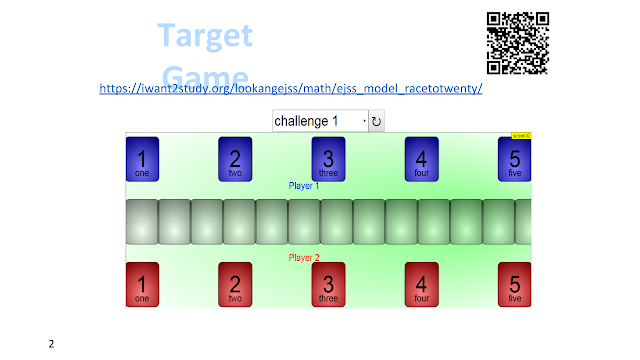 |
|
https://iwant2study.org/lookangejss/math/ejss_model_racetotwenty/ |
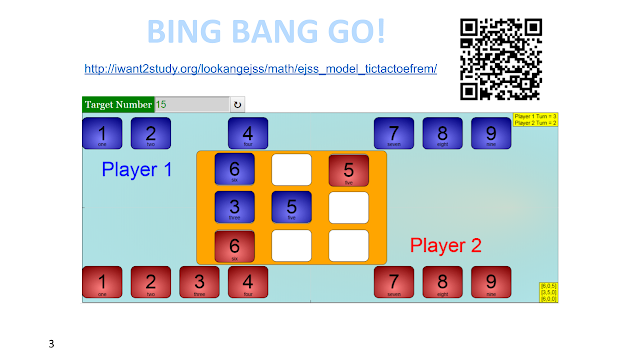 |
| http://iwant2study.org/lookangejss/math/ejss_model_tictactoefrem/ |
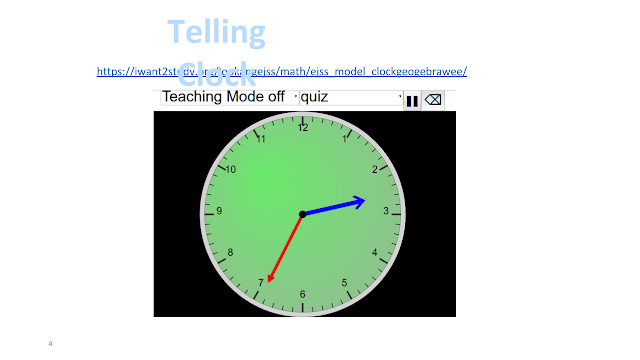 |
| https://iwant2study.org/lookangejss/math/ejss_model_clockgeogebrawee/ |
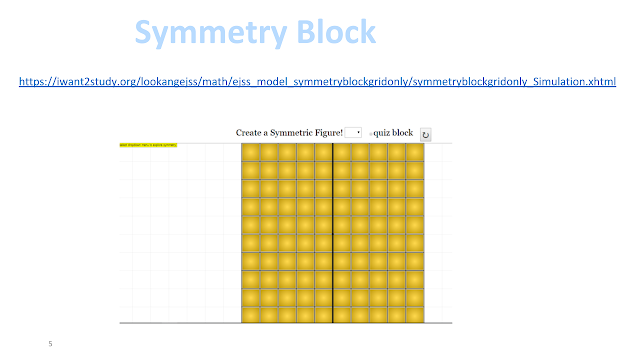 |
| https://iwant2study.org/lookangejss/math/ejss_model_symmetryblockgridonly/symmetryblockgridonly_Simulation.xhtml |
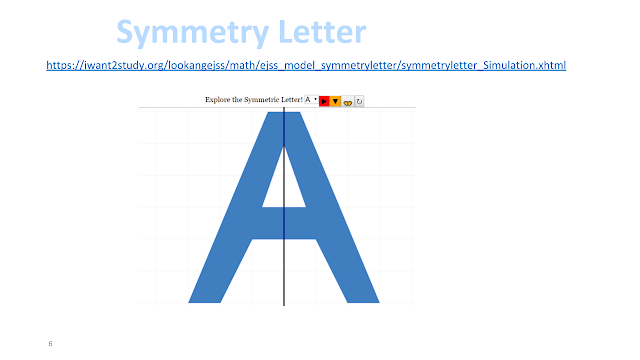 |
| https://iwant2study.org/lookangejss/math/ejss_model_symmetryletter/symmetryletter_Simulation.xhtml |
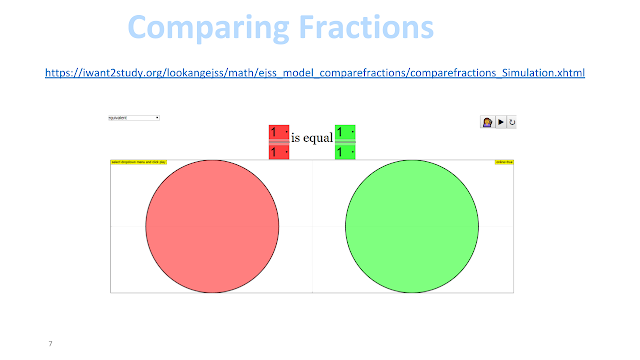 |
| https://iwant2study.org/lookangejss/math/ejss_model_comparefractions/comparefractions_Simulation.xhtml |
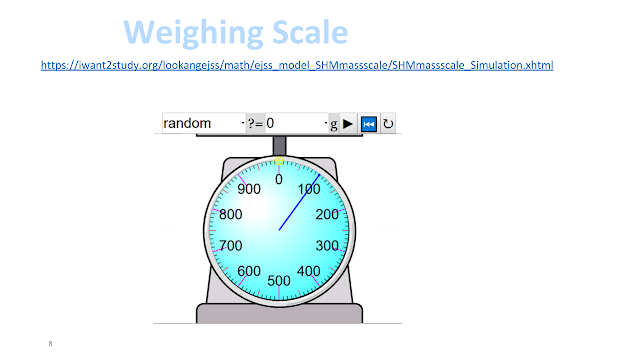 |
https://iwant2study.org/lookangejss/math/ejss_model_SHMmassscale/SHMmassscale_Simulation.xhtml |
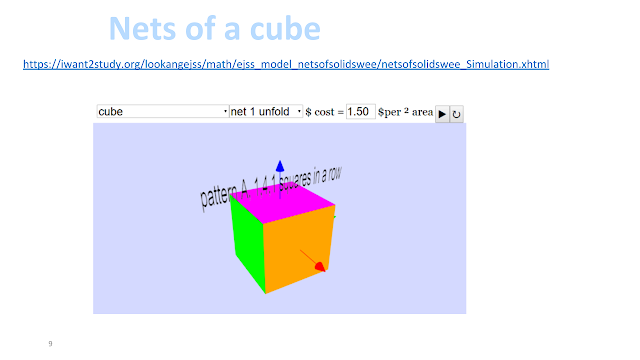 |
| https://iwant2study.org/lookangejss/math/ejss_model_netsofsolidswee/netsofsolidswee_Simulation.xhtml |
reference:
https://weelookang.blogspot.com/2019/07/20190724-primary-math-app-sharing.html
Frequently Asked Questions about the Open Educational Resources / Open Source Physics @ Singapore Initiative
1. What is the Open Educational Resources / Open Source Physics @ Singapore initiative?
The Open Educational Resources / Open Source Physics @ Singapore initiative is a project that provides a collection of free and openly licensed educational resources, primarily interactive simulations and applets, for teaching and learning mathematics and physics, particularly aimed at the Singaporean education context. It encompasses resources developed by educators and students, often through events like the SLS (Student Learning Space) Hackathon.
2. What types of resources are available through this initiative?
The initiative offers a wide variety of interactive simulations and applets, mainly developed using JavaScript and HTML5. These resources cover diverse topics in mathematics (from primary to advanced levels) and physics (including mechanics, electromagnetism, waves, and thermodynamics). There are also some resources for other subjects like English and Chinese. Examples include simulations for topics like "Race to Twenty," "Tic Tac Toe," "Symmetry Block Grid," "Vector Addition," "Heat Transfer," "Projectile Motion," "Electrolysis," and "Mandelbrot Set." Many are designed as games or interactive tools to enhance student engagement.
3. Who are the primary users of these resources?
The resources are primarily intended for educators and students in Singapore, ranging from primary school to junior college levels. The content aligns with various educational stages and curricula. Teachers can use these simulations to illustrate concepts, conduct virtual experiments, and create more engaging lessons within the Student Learning Space (SLS) platform. Students can use them for self-directed learning, exploration, and revision.
4. What is the SLS Hackathon and how does it contribute to this initiative?
The SLS Hackathon is an event where educators and students collaborate to create interactive learning resources, often in the form of JavaScript and HTML5 applets, designed to be integrated into Singapore's Student Learning Space (SLS). This hackathon is a significant source of new and innovative open educational resources for the initiative, covering a wide range of subjects and grade levels. The examples listed, such as the "Cloze Passage JavaScript Simulation Applet" and various science and math games, are direct outcomes of these hackathons.
5. Are these resources open source and freely available? What are the licensing terms?
Yes, the content is licensed under the Creative Commons Attribution-Share Alike 4.0 Singapore License. This means that the resources are freely available for use, adaptation, and sharing, as long as proper attribution is given and any derivative works are shared under the same license. For commercial use of the underlying EasyJavaScriptSimulations (Ejs) Library used to create many of these simulations, separate licensing terms apply, and users need to contact This email address is being protected from spambots. You need JavaScript enabled to view it. directly.
6. How can educators access and use these resources in their teaching?
Educators can access these resources through the provided links, often embedded within Google Slides presentations or directly hosted on the iwant2study.org domain. Many of these resources are designed to be integrated into the Student Learning Space (SLS), allowing teachers to incorporate interactive elements into their online lessons. The diverse range of topics and formats allows for flexible use in various teaching methodologies, from direct instruction to inquiry-based learning.
7. Is there a focus on any particular subjects or educational levels within this initiative?
While the initiative includes resources for English and other subjects, there is a strong focus on mathematics and physics. The resources span a wide range of educational levels, with materials specifically tagged for "Primary," "Secondary," and even junior college ("H2 Computing"). This suggests a comprehensive effort to support STEM education across different stages of learning in Singapore.
8. How can users stay updated on new resources or developments within this initiative?
The blog referenced (weelookang.blogspot.com) likely serves as a platform for updates, sharing new resources, and providing context for the initiative's activities, such as the SLS Hackathons. The dates in the provided text (e.g., "20190724 Primary Math App Sharing") also suggest a chronological record of events and resource releases on this platform. Checking this blog and potentially the main "Home" page of the initiative would be the best way to stay informed.

